There are hundreds of recipes for paellas but I am amazed at how many just give the wrong ingredients and techniques and have probably just posted the recipe without even trying it first
Yes, this is a dish that appears simple and straightforward but has its complications, as I am sure those who have tried making one for the first time quickly found out: “It hasn’t got much flavour” or “The rice is all sticky” or “Is that the right colour?” or maybe all of them. I have seen dozens of recipes for paellas on the net and I am amazed at how few follow the traditional recipe and don’t even give straightforward instructions. I’ve eaten a lot of paellas in and outside of Valencia and I can assure you the story changes when you leave Valencia. People start getting creative and putting ingredients in that a Valencian wouldn’t dream of using, like green/red peppers, peas, chorizo, sausage or onion!
This is not the traditional dish and therefore cannot be called paella!
It is just not done like that in Valencia and let’s not forget, Valencia is the home of the Paella. The recipe has been around for well over 500 years and yet many still consider the “Paella Mixta” (mixed paella: meat and seafood and God knows what else) to be traditional Paella. The Mixta was a recent creation for the foreign tourists and started back in the 60’s with the tourist boom, it’s not very clear why it started but probably Mum and Dad couldn’t agree on which paella they wanted; “meat or seafood?” and asked for a mixed one! Who knows? But this “version” is only really served in tourist regions and is very popular in the Balearic isles, precisely for this reason; the tourists. So it is very rare to see a Spaniard and definitely not a Valencian ordering a Paella Mixta and you’ll be hard fetched to find a restaurant that serves one in Valencia.
So all this said, if you consider entertaining Spanish people with Paella, do not serve a Mixta!
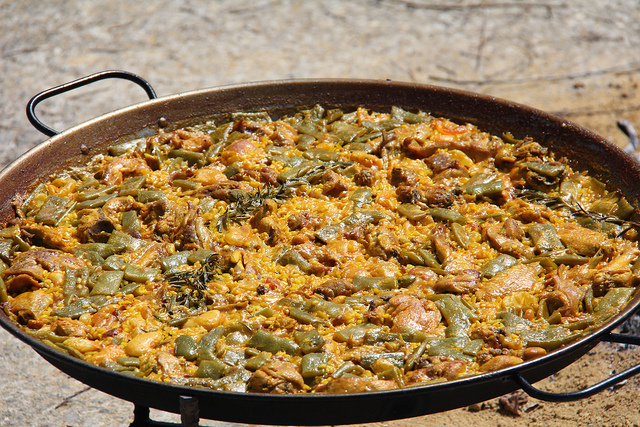
I am going to start with the traditional recipe : La Paella Valenciana (chicken and rabbit). I’ve eaten so many I’ve lost count, and have had the opportunity to see many great local cooks prepare it and they all have a trick or two up their sleeves. A great friend of mine, Jorge, who was banned from participating in his local Falla paella competition because he’s won it 6 years on the trot! (He’s now one of the judges!), has shared his knowledge with me and I hope this will help you all succeed with what is a very easy dish to cook but a very difficult dish to master. It took me quite a few efforts to get it right too and even after a hundred it can still go wrong from time to time, so every paella is an occasion, everyone waiting to see how it turned out!
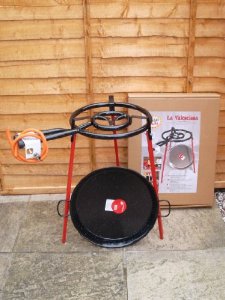 I will start by saying until you feel comfortable with the preparation process stick to the same sized paella pan because when you change sizes all hell can break loose if you don’t consider all the changes you have to make. So a good standard size is a paella pan that measures 34/36cm in diameter, which is pretty much the biggest pan size you can handle with a large standard gas ring at home. To move up to a larger pan (which I pefer) you will need a paella burner adapter for your gas ring or buy a paella burner tripod to be used with a bottle of camping gas, but this is always to be used outside, never in the house. You really need to consider your heat source and that will limit you to the size of pan. Always go for the largest pan that will fit your heat source, as the more thinly spread the rice is the tastier it will be. Gas is always the best option while you are learning as it is precise and you can control the heat quickly, once you’re more expert, the ultimate paella is made over a wood fire, and preferably orange tree wood, but any will do.
I will start by saying until you feel comfortable with the preparation process stick to the same sized paella pan because when you change sizes all hell can break loose if you don’t consider all the changes you have to make. So a good standard size is a paella pan that measures 34/36cm in diameter, which is pretty much the biggest pan size you can handle with a large standard gas ring at home. To move up to a larger pan (which I pefer) you will need a paella burner adapter for your gas ring or buy a paella burner tripod to be used with a bottle of camping gas, but this is always to be used outside, never in the house. You really need to consider your heat source and that will limit you to the size of pan. Always go for the largest pan that will fit your heat source, as the more thinly spread the rice is the tastier it will be. Gas is always the best option while you are learning as it is precise and you can control the heat quickly, once you’re more expert, the ultimate paella is made over a wood fire, and preferably orange tree wood, but any will do.

So what ingredients do you need? The authentic “Paella Valenciana” has recently received it’s seal of guarantee of origin and quality (Denominación de origin), which identifies the 10 basic ingredients that it must have :
Olive Oil, Chicken, Rabbit, Ferraura (wide green runner beans), Garrafon (local large white bean),Tomato, Water , Salt, Saffron and Rice (Valencian round rice).
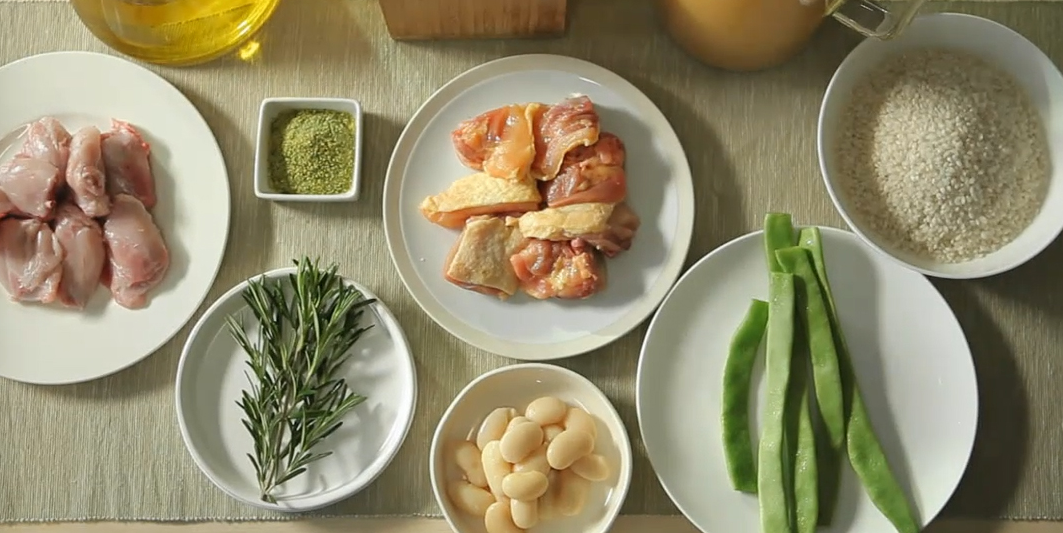
These are the basic ingredients for the orthodox paella, nothing else. However some local variations are admitted under the name “Paella Valenciana”, which have come from local areas within Valencia, such as Benicarló where they historically add artichokes. Duck is used as well as other ingredients in the L’Albufera, snail, sweet paprika and rosemary are also admitted but nothing else.
So here we go, I’m going to include artichokes, paprika and rosemary to the base recipe and even though this recipe is for 4, I will use a paella pan sized for about 7/ 8 people approx. 38- 40 cm.
That way the ingredients are not too cramped and the paella will be thinner and have a fuller flavour.
-
500g (about 125g per person) de Valencian round rice (variety Senia) (brands La Fallera/SOS etc) do not use long grain rice, it does not absorb nearly as much stock as the round rice and hence will not hold the flavour. You can also use the variety Bomba rice, which is still a local round rice and absorbs two to three times it’s volume of stock, as with the Senia variety, but when it passes the cooking time it will not break and loose it’s shape. It is much more expensive though.
-
800 g Chopped up chicken, including the liver.
-
500g Chopped up Rabbit, I know it sounds cruel, but it wouldn’t be the same without it.
-
400 g of Ferraura (also known as bajoqueta) large thick flat green beens.
-
200g of Garrofon – large white bean. Supermarkets in Spain sell these two vegetables together in frozen packs for paella : "Verduras para Paella"
-
200g Grated tomato (without the skin)
-
4 Artichokes – once cut up into 4 parts each keep them in water with a little lemon, that way they won’t turn the paella a dark colour.
-
150ml Extra virgin olive oil (more or less)
-
Saffron threads
-
Table Salt
-
1 Dessert spoon of paprika (sweet)
-
Rosemary still on the branch if possible. I don’t recommend dried rosemary, it is easy to put too much in and ruin the paella. With the branch it is easy to remove it as soon as the right level of taste is acquired. If you do use the dried rosemary add very little, one pinch sprinkled over the paella.
-
Water 1 ½ Litres + 1 Litre (If you are using a different measurement of rice you will need to multiply it by 5 to obtain the right amount of water. Remember 1 Kg of rice = 1 L of water)
Instructions
First make sure that the paella pan is perfectly horizontal, if it isn’t it won’t cook properly. You can test this by adding the olive oil to the pan and it should all stay in the centre. If it doesn’t adjust until it does.
Turn on the gas to a medium heat.
Sprinkle some table spoon of salt around the edge of the pan
When the oil is hot, as the chicken and the rabbit.
Fry the chicken and the rabbit for at least 25-30 minutes at medium heat. You don’t want it burnt but you do want it a deep rich golden brown colour on all sides. This is one of the main tricks behind a good paella. Most people do not cook the meet enough during the preparation stage. It will not end up tough, later with the water it will soften up the meat.
Once you have achieved the colour of the meat, spread out the meat to the edge of the pan to make room in the centre for the vegetables
Add all the vegetables and fry them for about 5 minutes
Spread the vegetables out to the edge of the meat and make room in the centre for the tomato
Add the tomato and fry for about 3-4 minutes
Leaving the tomato in the centre, we now add the paprika. Now this is a critical point. We must have the water ready and at hand when we do this and move to a low heat. For about 1 minute max. we cook the paprika with the tomato. If you cook it for too long it will make the paella bitter. The water will stop the paprika cooking any further
Now we add the water. There are many tricks etc with the water measurements and really this is the key to success. Some measure it but the rivets on the pan and so on, but until you really control the paella it is better to follow these basic rules. The rules are based on the water from Valencia, which is a very hard water so if you have soft water you may need to adjust slightly. Basic Rule for ½ kg of Rice – 1 ½ Litres of water. Now this is the amount of water you will need to have in the pan just before you put the rice in. So you will need more water to make the stock approx 2/3 of the final amount. So you will need approx. 1 litre more to make the stock on this rule
Add the first measurement of 1½ litres of water and take note where the water level has reached in the pan – then add the other litre of water.
Raise the heat to a medium heat and start boiling the stock for at least 30 minutes
If the water level reaches the first measurement of the 1½ litres before time just add more water until the stock has a strong, rich and very slightly salty taste. The rice will absorb the salt. After about 20 minutes of boiling test for salt and add the rosemary branch. After about 5-6 minutes you can remove it, this is done by taste and smell if it is becoming overpowering remove it straight away.
Once we have a good stock flavour and have reached the first water level mark we add the rice. Just spread it out around the pan, as you have measured it is not necessary to do a cross or a line as many people do, these techniques come from judgement and practise. Just make sure all the rice is evenly distributed and all the grains are covered by the stock.
Add the saffron until we achieve a nice rich golden colour. Be careful not to put too much in, you don’t want an orange paella.
After this point we will not touch the rice or move it around.
Cook on high heat for 8 minutes, until the rice starts to appear through the stock.
Then drop to a low heat and cook for 6 minutes. It is important to drop the heat because we then avoid the sticking and burning of the starch that has come out of the rice and thickened the stock.
The last 4 minutes will be on a low heat or possibly a higher heat depending on how much stock you still have. That will depend on the water hardness.
We will not cook the rice for more than 18 minutes (Senia variety) unless we are not at sea level, as is Valencia . Altitude effects the cooking of rice; the higher up you are the longer it will take. So if you are up in the hills say 700m above sea level you will need a couple more minutes to cook the rice!
Remove from heat and let it sit for at least 5 minutes. The stock should have evaporated completely.
If the rice is still a little tough (evaporated too quickly) you can cover it with a damp kitchen cloth or tin foil while it is sitting for 5 minutes.
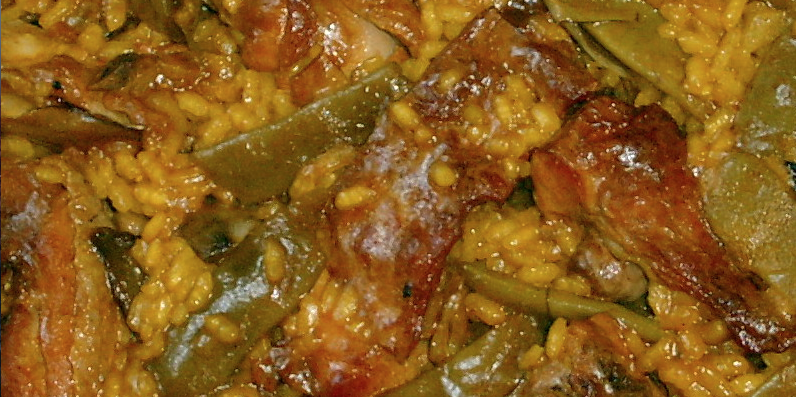

The rice should be roundish, in one piece, not broken or sticky. You should be able to separate the grains easily.
Paella is often decorated with lemon quarters but honestly it should just be decoration, the Valencians say "lemon is only used on a bad paella" ....to give it more flavour. So, NO lemon! and remember a traditional paella is best savoured using a wooden spoon, don't ask me why, but it is true. It just tastes better!
Enjoy!!!!!!!
RECOMMENDATIONS
If you don't have time to make it yourself, or would rather simply try the Real Deal here are a few of my recommendations if you happen to be in the Valencia area, all range from 20-40 euros / per person depending on wine, but these aren't just restaurants, they are wonderful places to spend the afternoon and enjoy a lazy long lunch in good company.
These first two restaurants are run by the Rafael Soler Orient so share the same philosophy. He is the son of the founders of La Genuina in Pinedo, also listed below and considered one of the classic restaurants in Valencia, all are fantasic restaurants.
ALQUERIA DEL BROSQUIL - Castellar, Valencia (Next to Pinedo)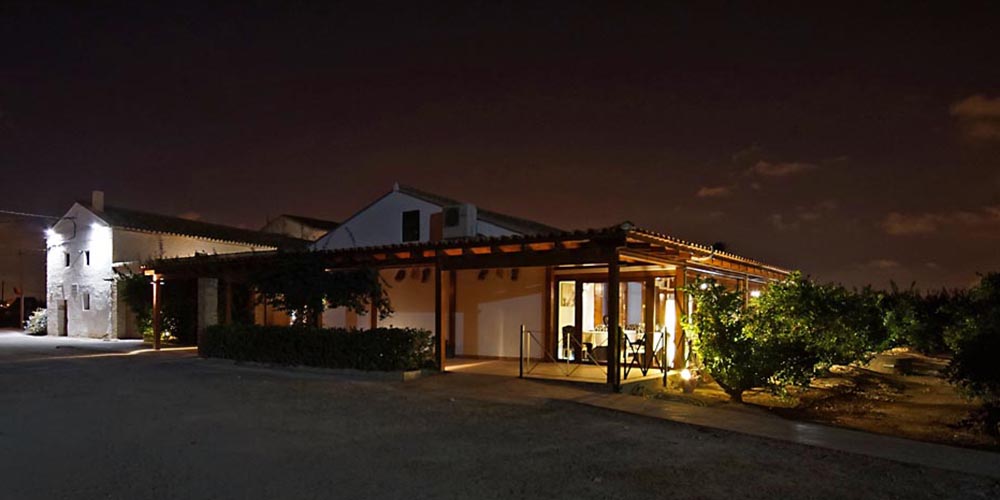
http://www.restaurantealqueriadelbrosquil.com/index.html
Trip Advisor comments
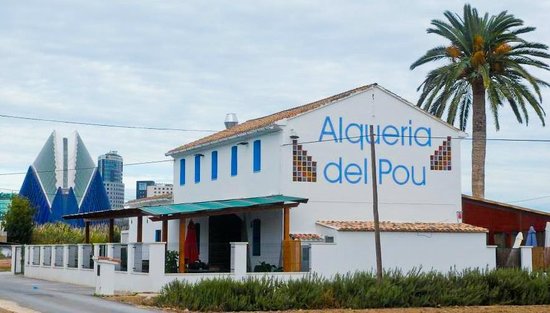 ALQUERIA DEL POU - Valencia capital (Next to the Science and Arts Museum)
ALQUERIA DEL POU - Valencia capital (Next to the Science and Arts Museum)
http://alqueriadelpou.com
Trip Advisor comments
LA GENUINA - Pinedo (Next to Valencia : 10 min)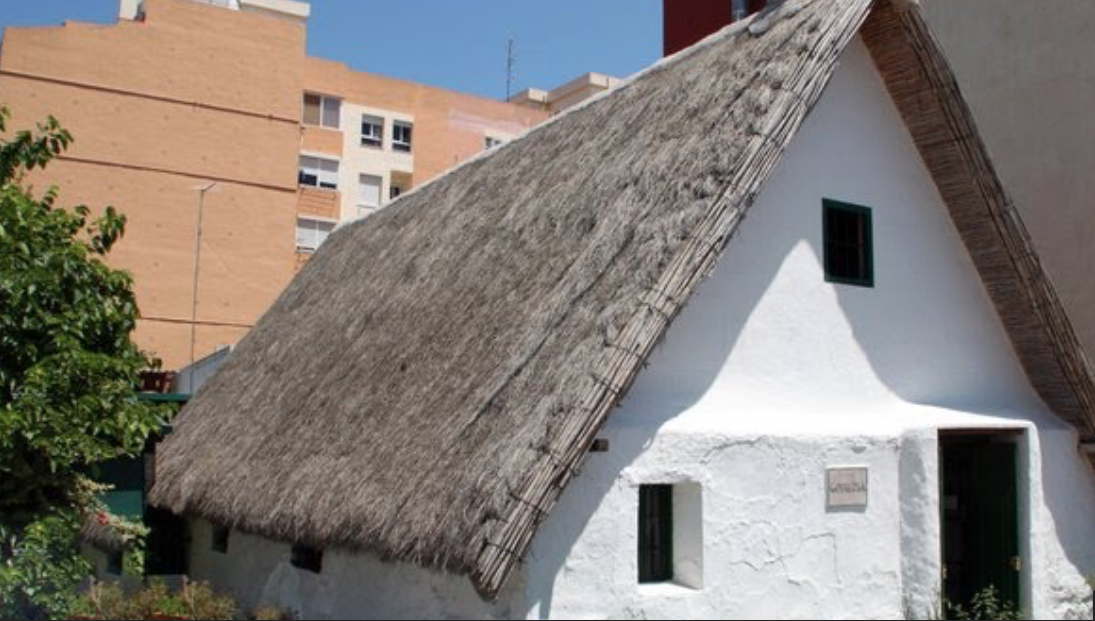
They don't have a website
Trip Advisor comments
CASA SALVADOR - Cullera (40 km south of Valencia on the coast)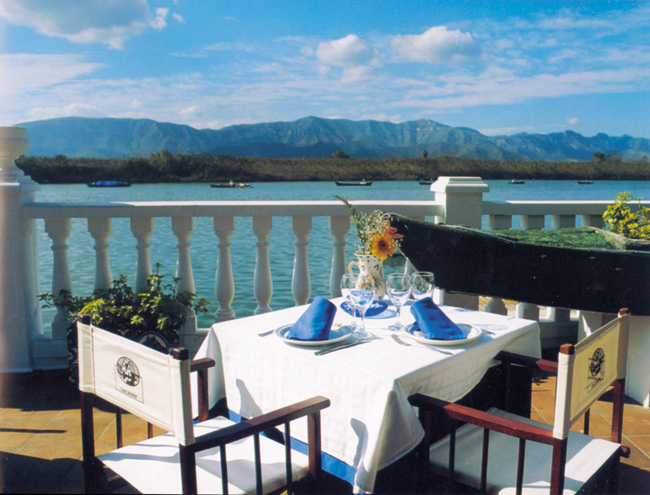
Must order table on the terrace. It's preferable to avoid Sundays here, it gets ever so busy and can be slow.
http://www.casasalvador.com
Trip Advisor comments